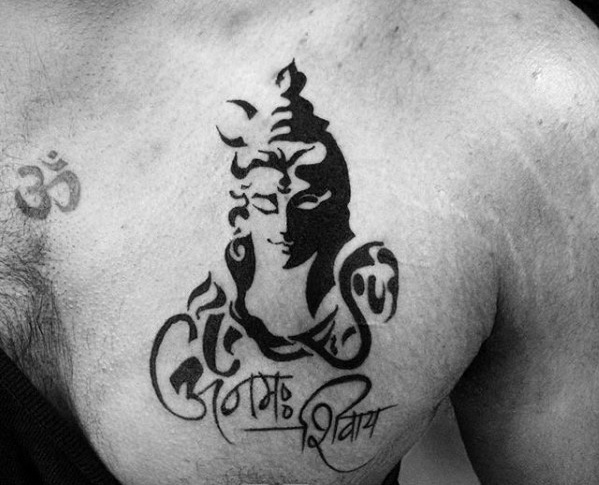

The word “Shambho” is associated with this.

Dhyanalinga for example, is an energy form. The creation of these forms is another dimension of what we call consecration. One aspect of this culture was that they created powerful energy forms through which one can seek growth and wellbeing. In spite of that, over a period of time, misinterpretation has invariably happened and the science needs to be rejuvenated. Such care was taken to see that misinterpretations don’t happen. But because these are subjective sciences, they were expressed and coded in certain ways, so that you cannot misinterpret them logically. It has been looked at with enormous depth. Nowhere else in the world – you can investigate it as much as you want – have people understood the interiority of a human being as this culture has. When mukti was the only thing you were seeking, everything was oriented towards that and every possible way of exploring your inner nature was brought forth. The only thing that mattered to you was your mukti.

Your religion, education, family or business were secondary. Every aspect of your life – whether you sing, dance, eat, or study – was only aimed at your mukti. What exactly does that mean? And would it be appropriate to keep chanting “Shambho”? Sadhguru: Indian culture was created as a science to enable you to seek your ultimate liberation. Q: Sadhguru, you have said that Shambho is a “form” of Shiva.


 0 kommentar(er)
0 kommentar(er)
